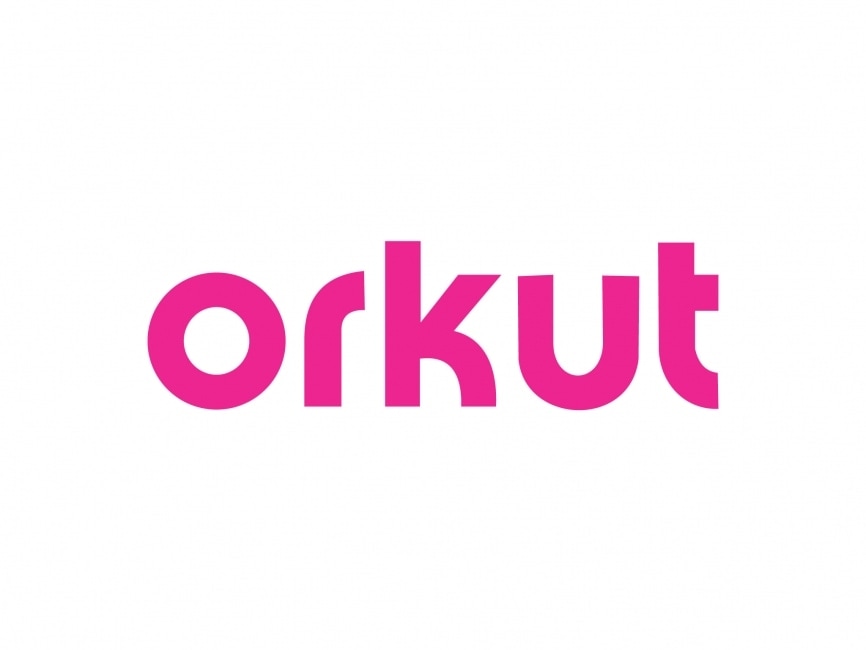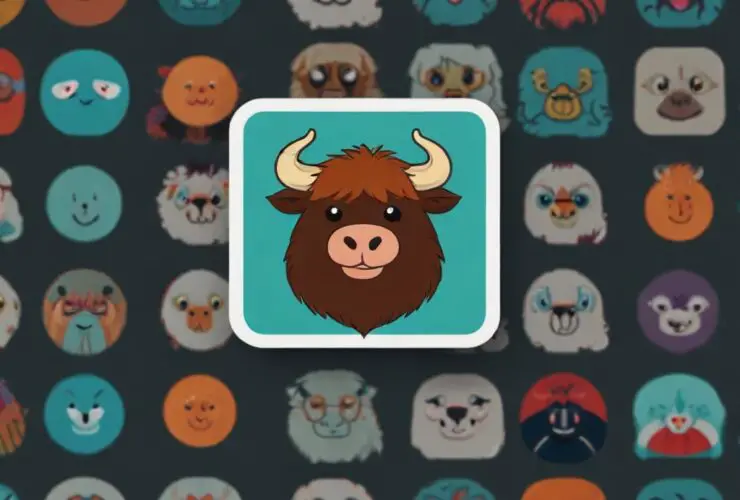Why did Orkut fail? A post-mortem on the rise and fall of the pioneering social network
Remember Orkut? Back in the 2000s, the Google-owned social network was all the rage, especially in countries like Brazil and India. But despite its early popularity, Orkut eventually faded into oblivion.
So what happened? Why did the once-hot social media platform fizzle out so quickly? In this post, we’ll analyze the reasons behind Orkut’s failure and what lessons it offers for other social networks.
The rise of Orkut
Orkut launched in 2004 as an ambitious project within Google. The social network was the brainchild of Orkut Büyükkökten, a Turkish software engineer at Google.
Initially, Orkut gained traction with early adopters and students. One key growth driver? Orkut enabled users to connect with others based on mutual friends, interests, and communities. This helped people expand their social circles beyond their existing connections.
By 2007, Orkut hit its peak with over 300 million registered users. Its growth was explosive in countries like Brazil and India. In fact, Orkut became the dominant social media platform in these markets for a time.
So what factors contributed to Orkut’s early wins?
Novelty
As one of the first social networks on the scene, Orkut benefited from the novelty factor. MySpace and Facebook were still gaining ground in the late 2000s. So Orkut filled a gap for many users looking for new ways to connect online.
Google pedigree
Being backed by Google lent Orkut instant credibility. Users saw it as a promising platform created by a leading internet company.
Early mover advantage in emerging markets
Orkut was among the first social networks to tap into emerging markets. By catering to countries like India and Brazil early on, Orkut gained a solid foothold as these markets came online.
Vibrant communities
Orkut Communities allowed users to connect based on shared interests. Topics ranged from movies to music and more. These vibrant communities created a strong social glue to keep users engaged.
For a time, these factors put Orkut at the top of the social media pyramid. But this success proved short-lived. Just a few years later, Orkut would slip into decline and irrelevance.
So what happened?
The fall of Orkut
Several missteps and market forces contributed to Orkut’s downfall after 2007:
Arrival of Facebook and other networks
Facebook spread like wildfire after opening access beyond just students in 2006. Twitter also began gaining momentum. These new networks offered features and experiences that appealed more to US audiences.
As Facebook and other networks expanded globally, Orkut started losing steam in English-speaking markets.
Shift away from public communities
Early social media focused on public communities. But the rise of the News Feed and status updates made social media more personal. Networks like Facebook focused more on your inner social circles rather than external interests.
Orkut didn’t adapt quickly enough to this shift towards personal connections. Most activity still centered around its public groups and forums.
Lack of innovation
After an initial burst of growth, Orkut stagnated without major upgrades. Other social networks innovated more quickly with features like the News Feed, apps, and Open Graph. By not enhancing its platform, Orkut failed to keep users excited.
Privacy concerns
Many users became wary of Orkut’s opaque privacy controls. Networks like Facebook gave users more control over what personal information they shared publicly or with specific groups.
As Orkut grew, it suffered from spam flooding communities. Scrapers also created millions of unauthorized profiles, undermining trust in the platform. Orkut did little to curb these abuses of its platform.
Demographic skew
While Orkut ruled supreme in places like India and Brazil for years, it failed to grow its user base in other key markets like the US and Europe. This left Orkut out of step with where social media was evolving.
Lack of mobile adaptation
As mobile phone usage exploded, Orkut failed to create popular mobile apps optimized for smartphones. This made the platform even less relevant for Western markets where iOS and Android phones dominated.
Google’s shifting focus
With Google prioritizing other projects like Android and Google+, the company began pivoting resources away from Orkut. Google’s lack of commitment signaled Orkut’s demise.
While Orkut pioneered the social media concept, it failed to keep up with the market and where users were heading. Combined with flagging interest from Google, these missteps led the once-promising network to vanish.
Lessons learned from the rise and fall of Orkut
Orkut paved the way for the social networks that followed. But its failure offers some key takeaways for any social media company:
- Innovate constantly – Orkut stagnated while competitors like Facebook continuously launched new features and enhancements to keep users engaged.
- Prioritize mobile – Orkut didn’t adapt to the mobile revolution. New social networks must optimize for mobile from the start.
- Enhance privacy – Users won’t stick around if they feel their privacy isn’t respected or protected. Give control over sharing.
- Curb abuse – Networks must monitor and eliminate spam, harassment, and unauthorized content. Otherwise, communities become polluted.
- Expand user base – A social network needs a diverse, global audience to withstand shifting trends and the test of time. Orkut remained confined to just pockets of users.
- Watch the competition – Don’t exist in a bubble. Successful social media companies study the market’s dynamics and competing platforms.
- Commit for the long-term – Orkut failed to get the full backing of Google. Product teams should plan to nurture and support social networks for years to come.
Could Orkut ever make a comeback?
Given the swift rise and fall of Orkut, could the platform ever return?
While unlikely, we’ve seen other social networks like Snapchat and Twitter endure periods of stagnation only to resurge. For Orkut to make a comeback, a few pivots could spark renewed interest:
- Hyper-local communities – Neighborhood-based social networks like Nextdoor have grown in popularity. Orkut could transform into a hyperlocal platform.
- Niche user base – Pivoting to serve a specific demographic or interest group de-emphasizes the need for universal mass appeal.
- Ephemerality – Features like Snapchat Stories that make sharing temporary or ephemeral could differentiate the platform.
- Mobile-first experience – An Orkut app engineered for mobile could better align with how today’s users interact socially.
- Account security – New identity controls and anti-spam measures would reassure users weary of rejoining the network.
- User experience overhaul – The platform’s look and feel need a complete contemporary refresh.
- Integration with Google services – Providing perks like seamless integration with Google Photos and built-in Google Assistant could entice some users to give Orkut another shot.
While Orkut still suffers from dated perceptions in many users’ minds, the right reboot could potentially revive interest. But with so many entrenched social media options already, engineering an Orkut comeback seems like a long shot.
Beyond Orkut, the history of social media is filled with platforms that flamed out after enjoying periods of hype and explosive growth.
Some other famous examples of social networks gone extinct include:
- MySpace – The leading social media site in the late 2000s until Facebook overtook it. MySpace failed to keep up with design trends and couldn’t shake its outdated image.
- Friendster – One of the first modern social networks that inspired Facebook but couldn’t scale effectively.
- Vine – The now-defunct Twitter-owned app for sharing short video clips gained immense popularity before collapsing.
- Yik Yak – This anonymous, hyper-local college campus chat app once touted a $400 million valuation before user backlash led it to shut down.
- StumbleUpon – The platform for discovering web content via peer recommendations faded as social sharing habits shifted.
- AOL Instant Messenger (AIM) – AIM was the premier online chat platform in the 90s and early 2000s before apps like WhatsApp displaced it.
- Piczo – The site builder for creating profile pages and social networking perished with the decline of similar services like MySpace.
Just like the hottest restaurants or social clubs, the digital realm is filled with once-trendy platforms and apps that eventually lost their cachet and closed up shop. The graveyard of dead social media properties will likely only grow longer as user tastes continue evolving at lightning speed online.
Given the stellar rise and swift fall of Orkut, it begs the question – are Facebook, Instagram, Snapchat, and TikTok destined for the same fate? Will today’s social media giants someday end up as nostalgic memories like Orkut or MySpace?
History tells us even the most dominant networks can’t take their success for granted in the long run. However, today’s leading social platforms have a few advantages on their side:
- Greater resources – Today’s social media giants are sprawling tech conglomerates with immense engineering teams and financial backing. This gives them staying power to continually enhance their platforms.
- Wider demographic appeal – Unlike Orkut’s reliance on pockets of users, today’s big networks have gained more universal adoption across different age groups and countries.
- Multi-platform services – Companies like Meta have assembled entire ecosystems of apps like WhatsApp and Messenger that interlink with their core Facebook/Instagram networks.
- More frequent innovation – Modern networks move more quickly to ship new features and stay ahead of upstart competitors. They can’t afford to stagnate.
Nonetheless, users are fickle, and loyalty in social media is fleeting. So while their decline may take longer, no network rests on entirely safe ground in the fast-moving digital landscape. Just ask Orkut or MySpace.
The future remains unpredictable
If the saga of Orkut proves anything, it’s that social media fame is temporary. The flash-in-the-pan nature of these networks means even the hottest online hangouts can turn into digital ghost towns frighteningly fast.
While today’s social giants seem entrenched, a new crop of networks is always rising up to take their place. And users themselves hold all the cards – their interests and relationships ultimately determine whether a social media platform thrives or fades away.
So for all their millions of users and billions in market value, companies like Meta and Snap can’t take future success for granted. Just like Orkut, even the most dominant networks must continuously adapt and understand user sentiment to survive inevitable sea changes in the social space.
Because in the cutthroat world of social media, yesterday’s hotspot is often tomorrow’s retirement home. Only the platforms that learn from the past have a shot at avoiding the fate of ending up as a forgotten relic like Orkut.










